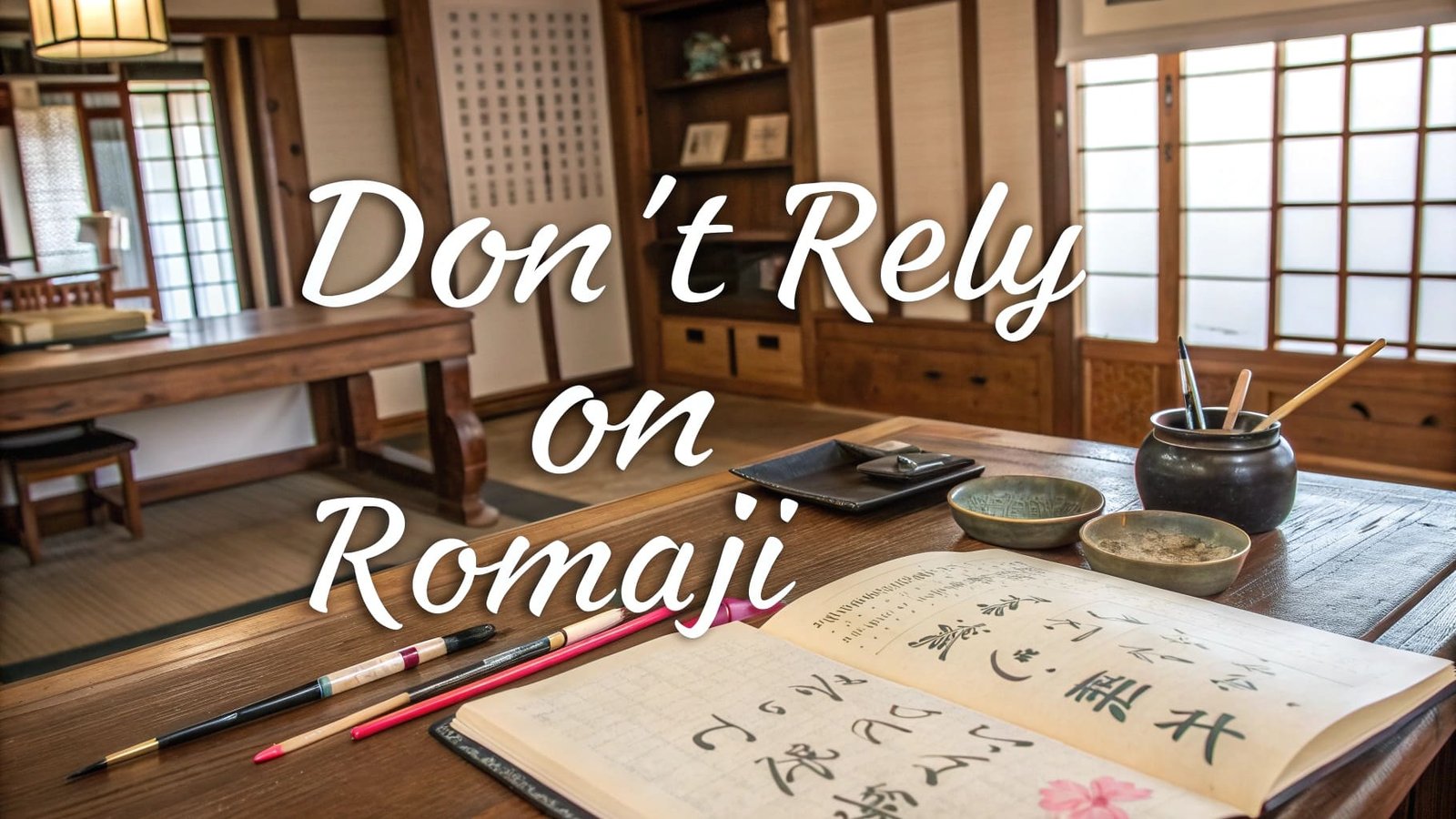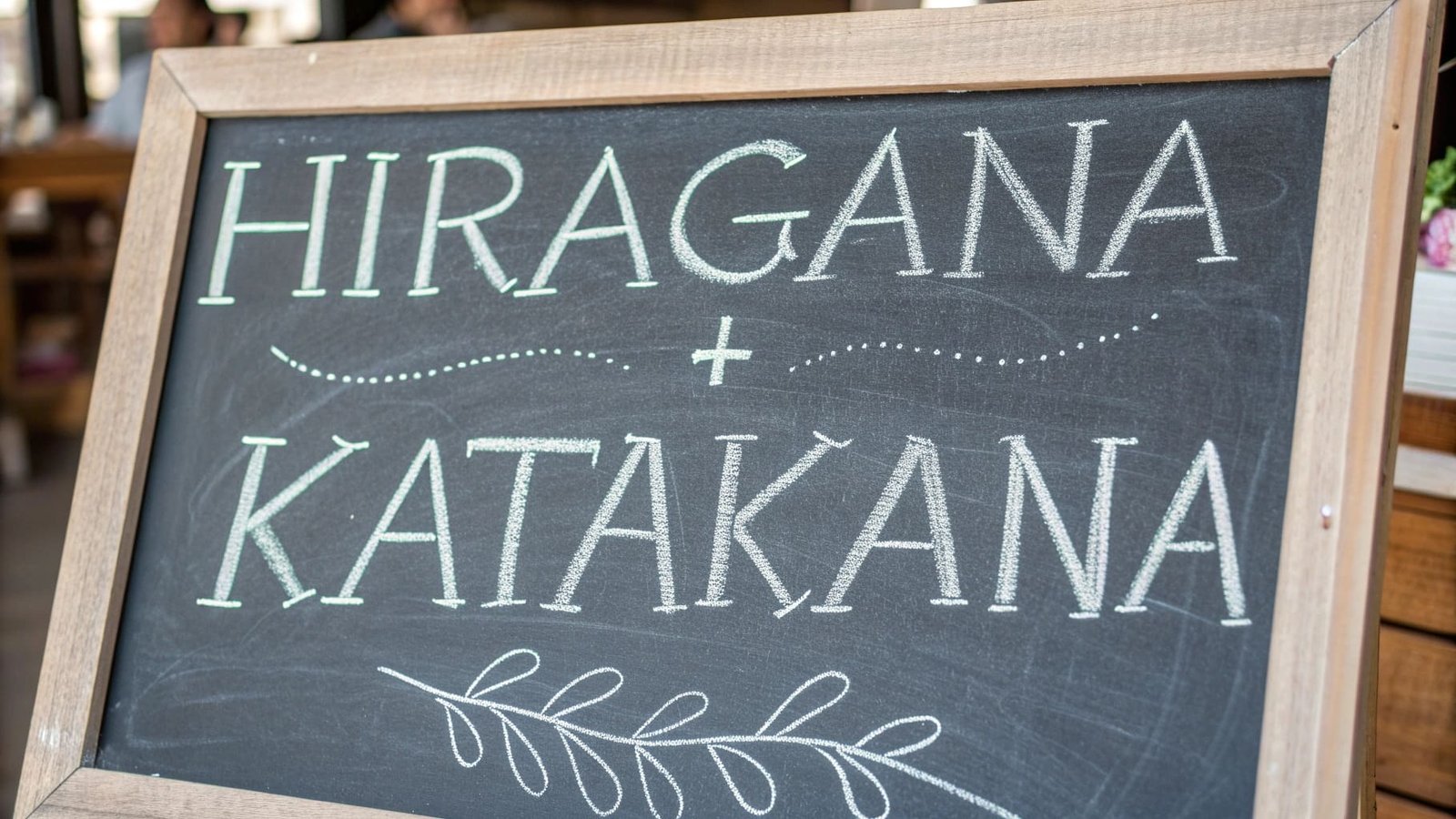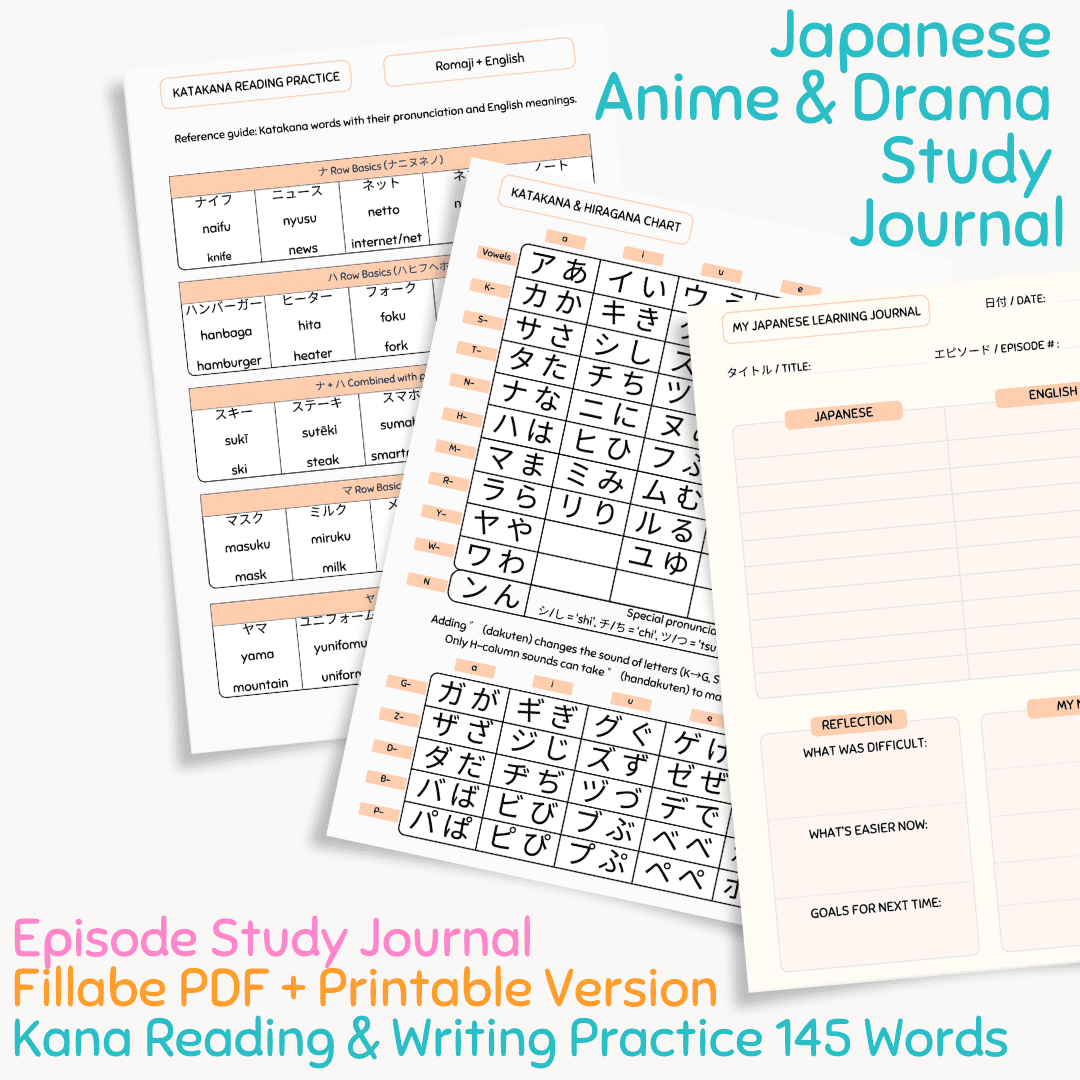

When starting your Japanese language journey, one of the first challenges is learning the two phonetic scripts: hiragana and katakana. Many beginners, including myself, learn them separately—hiragana first, then katakana. However, after struggling with katakana for a long time, I discovered that learning both simultaneously made the process faster and easier. In this post, I’ll explain why learning them together is more effective and how it can benefit your reading and pronunciation skills.
The first time I tried learning Japanese, I followed the traditional approach: I learned hiragana first, got comfortable with it, and then moved on to katakana. But by the time I started with katakana, I found it much harder to memorize. Since I was already familiar with hiragana, my brain treated katakana as something completely new rather than just another set of symbols representing the same sounds. The disconnect made katakana feel foreign and challenging to recall.
Years later, when I decided to give Japanese another try, I took a different approach—I learned both hiragana and katakana at the same time. To my surprise, it was much easier and quicker this way. My brain naturally linked the characters together, making it simpler to remember their shapes and sounds.
One of the best ways to solidify both scripts is by reading Japanese words that contain both hiragana and katakana. This is especially common in modern Japanese, where loanwords (カタカナ) are mixed with native words (ひらがな). Here’s how this helps:
If you’re just starting with Japanese, I highly recommend learning hiragana and katakana together. It may seem like extra effort at first, but in reality, it makes the process easier, faster, and more natural. It helps reinforce pronunciation, improves reading skills, and prevents one script from feeling more difficult than the other. And by reading words that use both scripts, you’ll strengthen your recognition, pronunciation, and vocabulary at the same time.
If I could go back, I would definitely learn them together from the start—so I hope this approach helps you on your own Japanese learning journey!
Improve by watching your favourite Shows!
